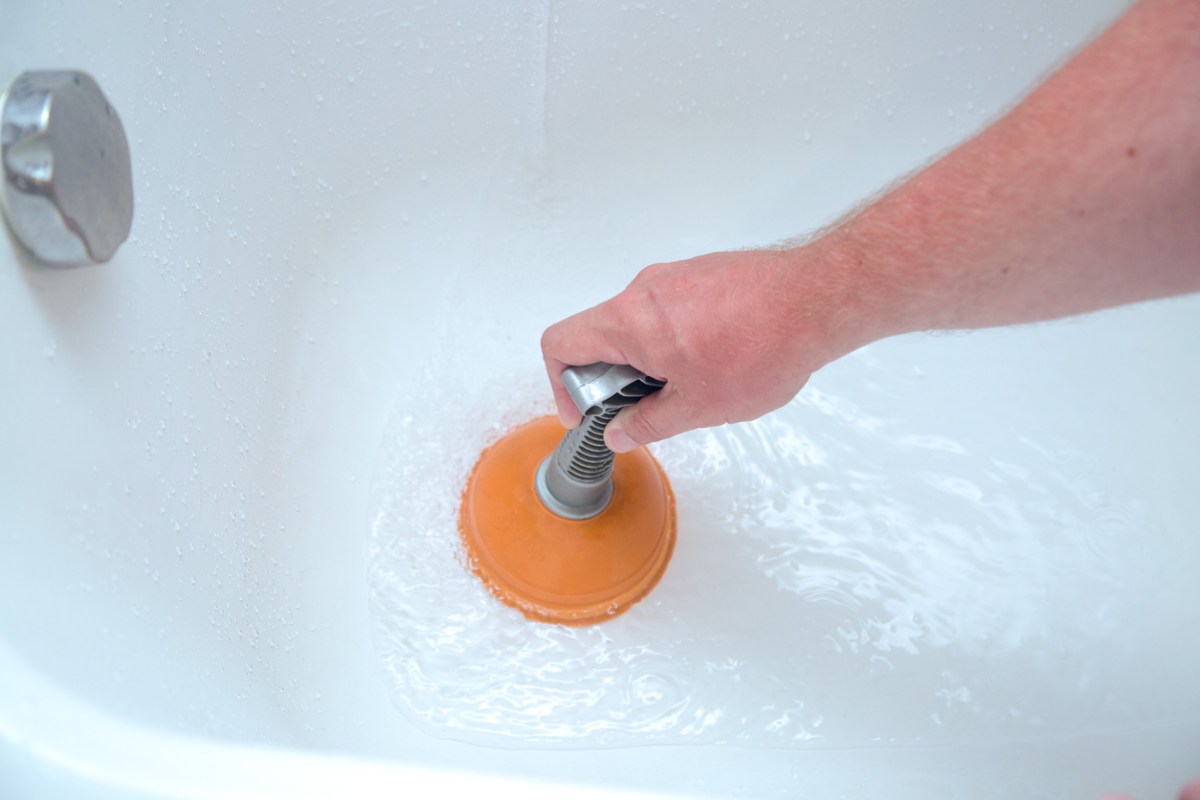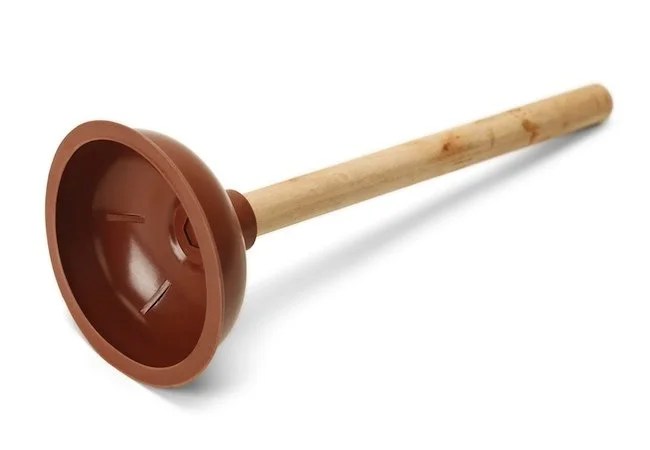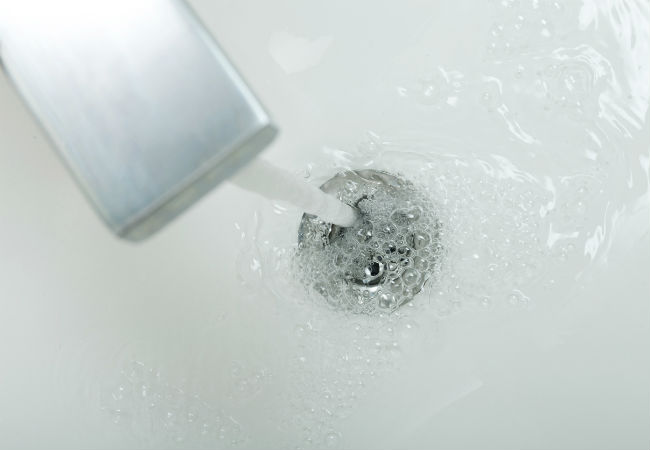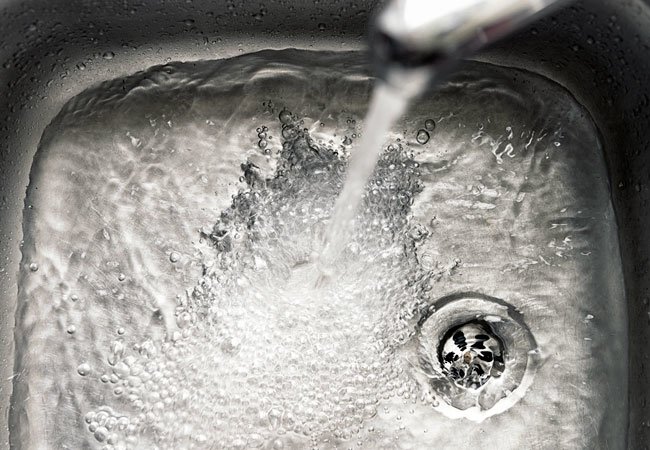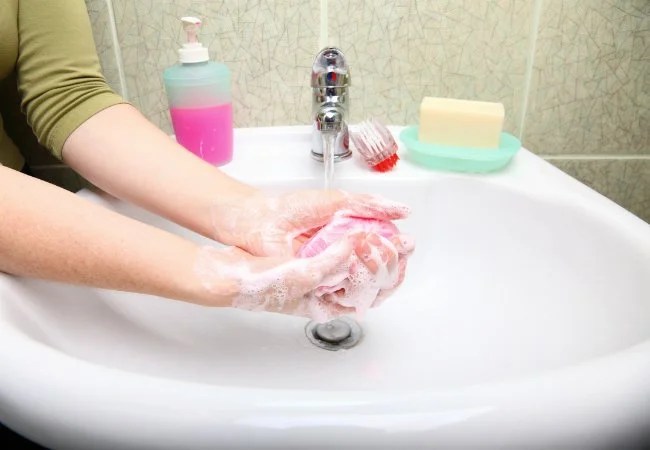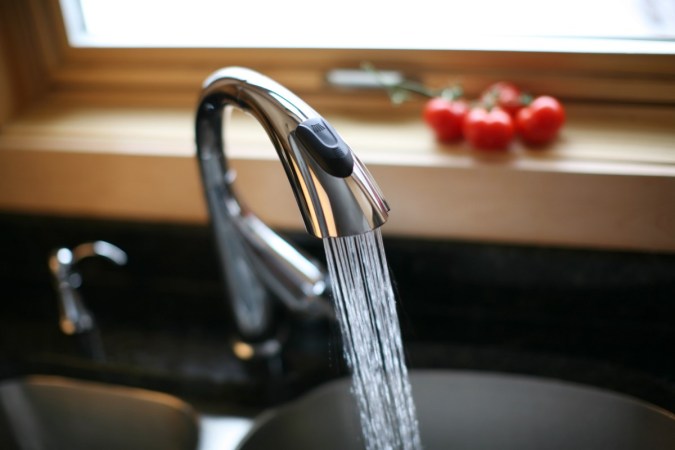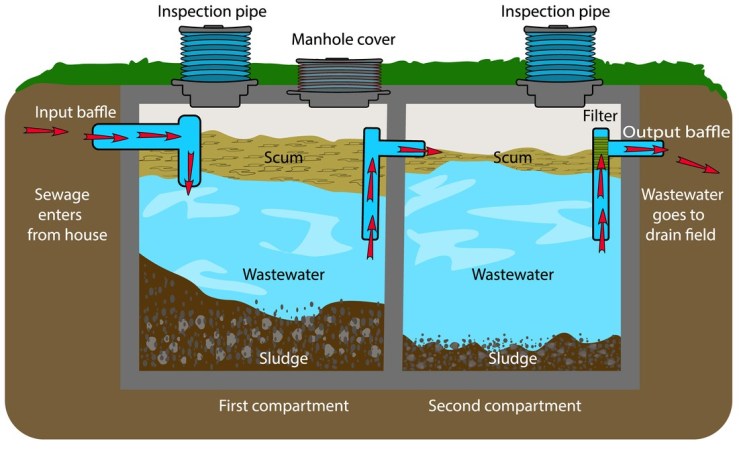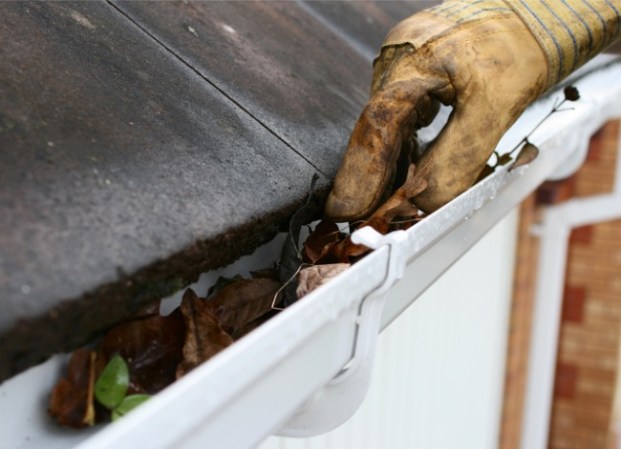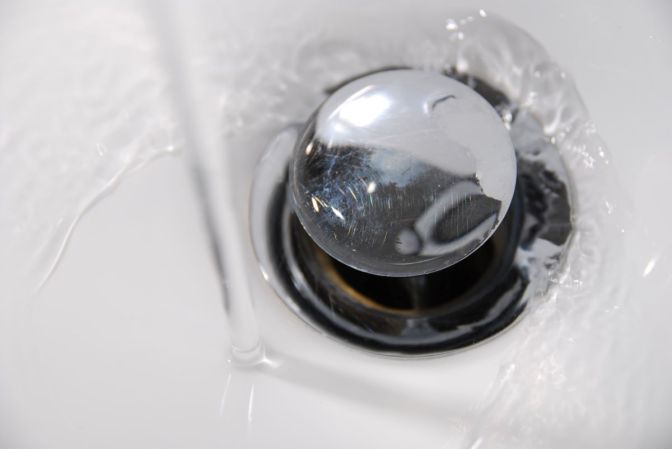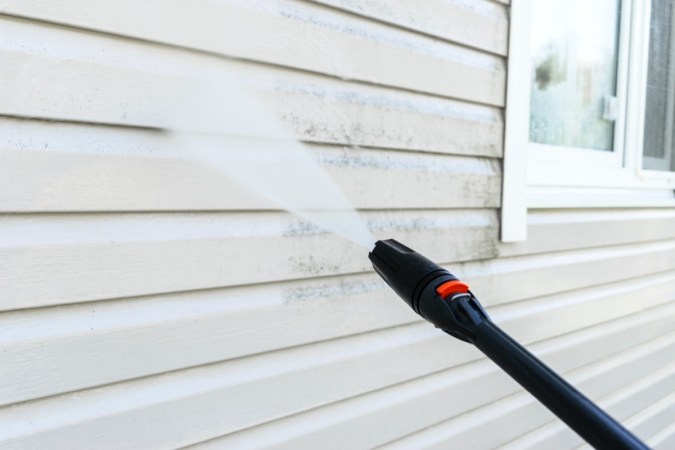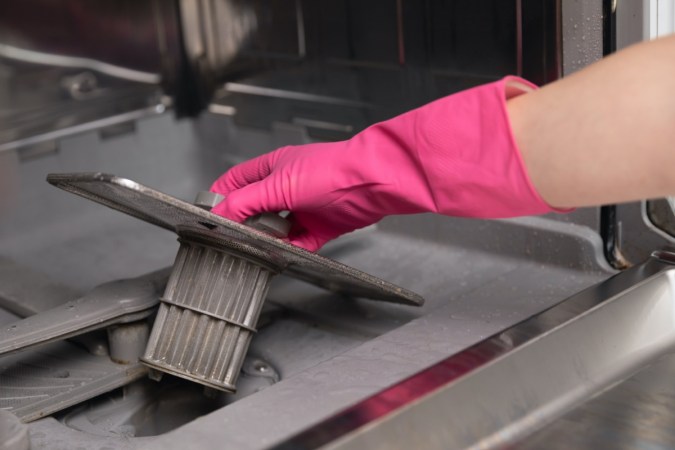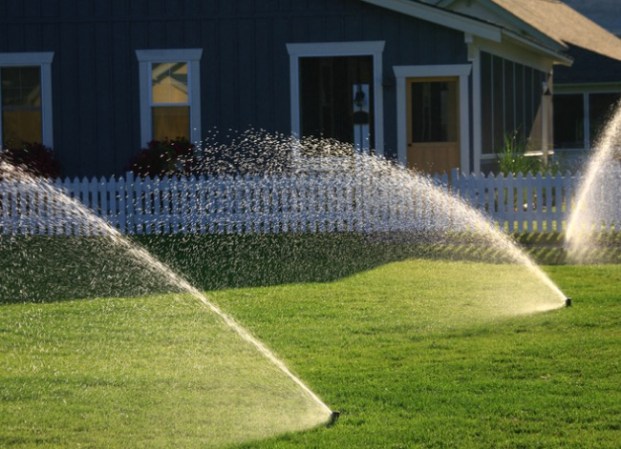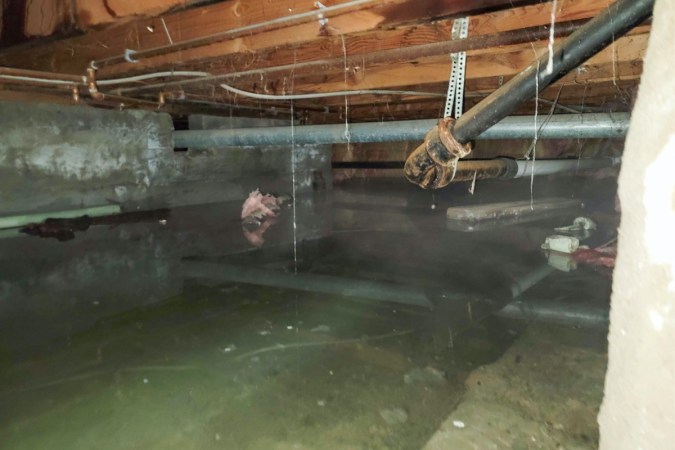We may earn revenue from the products available on this page and participate in affiliate programs. Learn More ›
Hopping into a hot and steamy shower only to notice that the water is pooling around your feet makes for a rough way to start the day. The cause is typically a shower drain clogged with hair and soap scum that has been accumulating for some time. But before you call the plumber, check to see if you have the proper tools to handle the job yourself.
These three easy solutions for fixing a stubborn clog are proof that you don’t always need a professional for this at-home fix-it job. All that’s required are the right tools (and good control of your gag reflex), and you’ll soon be able to enjoy your relaxing morning ritual once more. If your shower won’t drain, read on to learn about the best way to unclog the shower drain:
SUPPLIES
– Liquid drain clog dissolver
– Hair catcher
– Drain snake
Before You Begin
Before embarking on cleaning a clogged shower drain, there are a few factors to consider. While many of the methods below will be effective to remove drain clogs caused by hair or grease and soap buildup, they aren’t effective against clogs caused by objects. In these cases, you’ll likely need the expertise and tools that a professional plumber brings to the table. If you are cleaning a drain yourself, be sure to wear gloves and eye protection, since this job can put you into contact with caustic chemicals and potentially harmful bacteria.
Using Chemical Shower Drain Cleaners
A chemical shower drain cleaner is the most common course of action people take when faced with a clogged drain, and for good reason. Using a chemical shower drain cleaner doesn’t require special tools or skills. All you have to do is open the bottle and dump the cleaner down the offending drain. Most clogs will clear in about 10 to 15 minutes. This approach is also much cheaper than calling in a plumber or renting a machine.
The downside of using a chemical drain cleaner is that it will only clear clogs caused by hair or soap scum. They won’t work if an object is causing the blockage, or if there is a significant buildup of minerals. Drain cleaners should also be used sparingly because most of them are quite toxic, and harmful to the environment. Overusing chemical drain cleaners can also weaken PVC pipes and corrode older metal plumbing.
Resolving Recurring Shower Drain Clogs
If you find yourself having to repeatedly clear your shower drain every few weeks or even every few months, then you have a recurring drain clog. There are a few possible causes of this kind of clog, one of which is copious amounts of hair falling into the shower drain. You can limit the amount of hair in the drain by purchasing a hair catcher that fits over the drain.
Another possible reason why you keep getting shower drain clogs is that the drain may have an excessive buildup of gunk inside the pipe. While a drain cleaner might clear enough material to get the drain working again, it may not be clearing it completely. In this case, a drain snake can work wonders.
Unclog a Shower Drain With Boiling Water
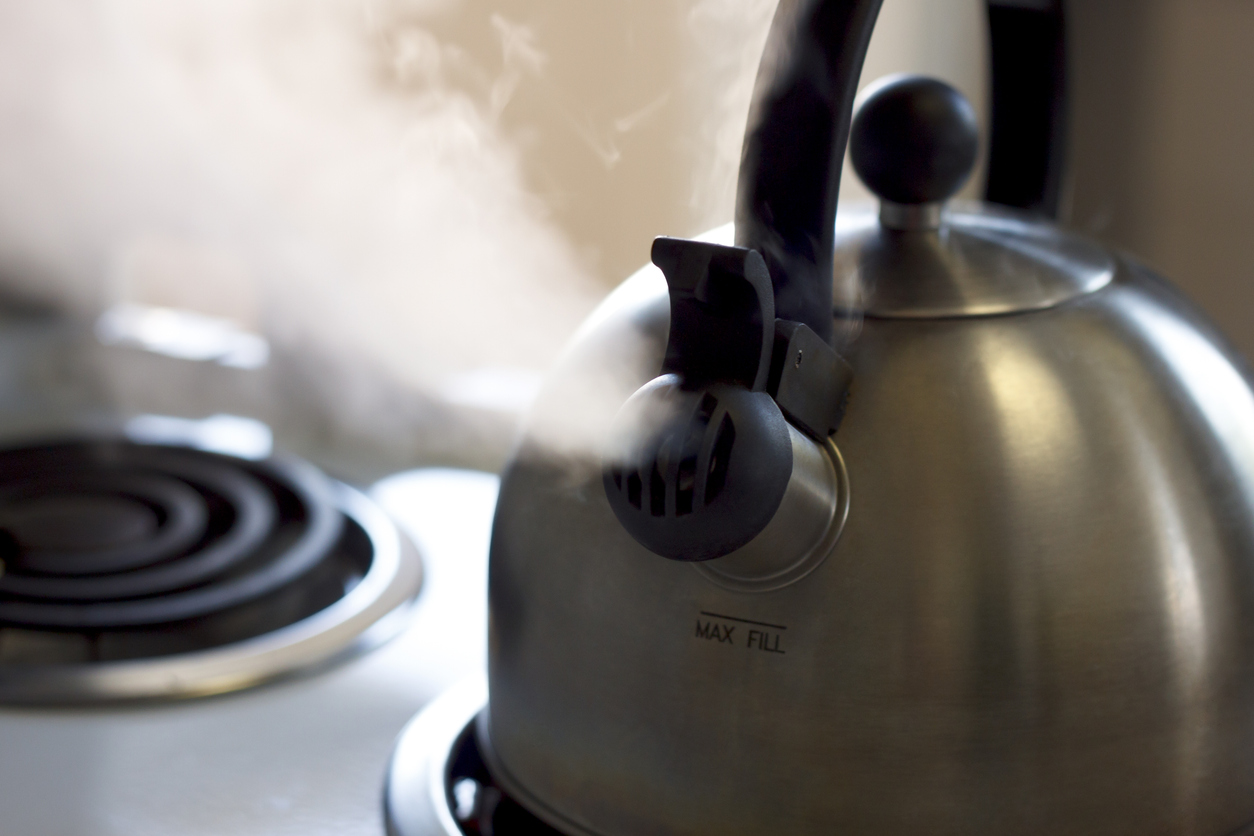
This trick is perhaps the easiest one in the book. Hot water will help break up and dissolve the gunk that is blocking your drain. Attempt this only if you have metal pipes in your home; don’t use boiling water if you have PVC pipes because it could cause joints to loosen.
If you’re not sure what kind of pipes you have in your home, there’s a simple way to determine if yours are metal or PVC. Locate the area where the main line comes through the floor. This will be near the main shut-off valve. Check to see if the pipes are some type of metal or if they are plastic.
To clear your pipes using boiling water, take the following steps:
STEP 1: Fill your tea kettle with water and bring it to a boil.
You’ll want to use a full tea kettle (or saucepan of water) for maximum drain-clearing power. For serious clogs, you might need to use multiple kettles or pots.
STEP 2: Pour the water little by little into the drain.
Give the hot liquid the chance to work its way through the clog between each pour. After you’ve poured all the water down the drain, wait 10 to 15 minutes, turn on the faucet, and determine whether the clog has cleared. If it has not, proceed to one of the drain-clearing methods below.
Unclog a Shower Drain Using Baking Soda and Vinegar
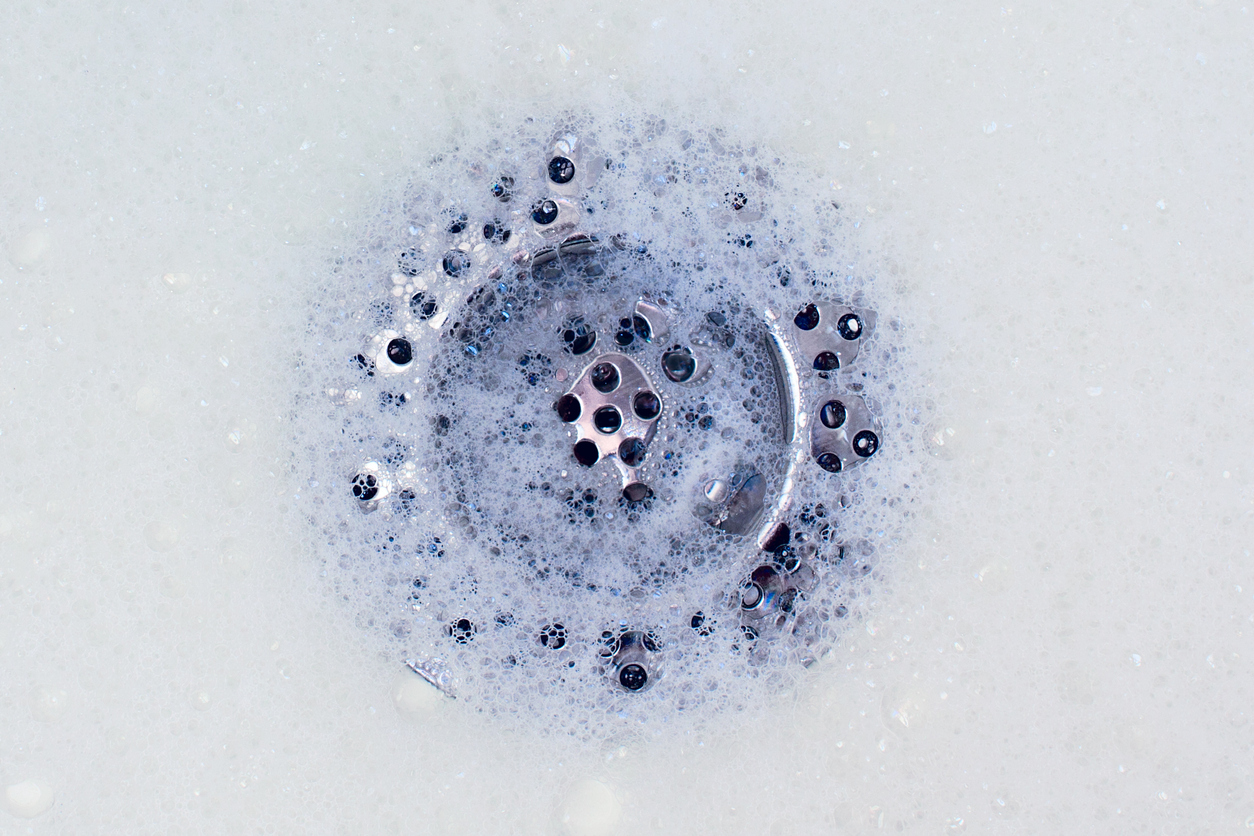
This next solution is a nod to an elementary school science fair classic: the bubbling volcano. The same foamy chemical reaction that fueled your papier-mâché mountain doubles as a powerful home cleaner. When the baking soda and vinegar combine, the mixture creates bubbles that can break up a minor clog caused by hair or grime.
STEP 1: Mix 1/3 cup of baking soda with 1/3 cup of vinegar in a heat-resistant measuring cup.
STEP 2: As soon as it starts to fizz (which will be immediately), pour the solution down the clogged drain.
STEP 3: Let the mixture sit in the drain for at least 1 hour.
STEP 4: Turn on the bathtub faucet and run hot water down the drain to help flush the mixture through the pipes.
Unclog a Shower Drain With a Coat Hanger
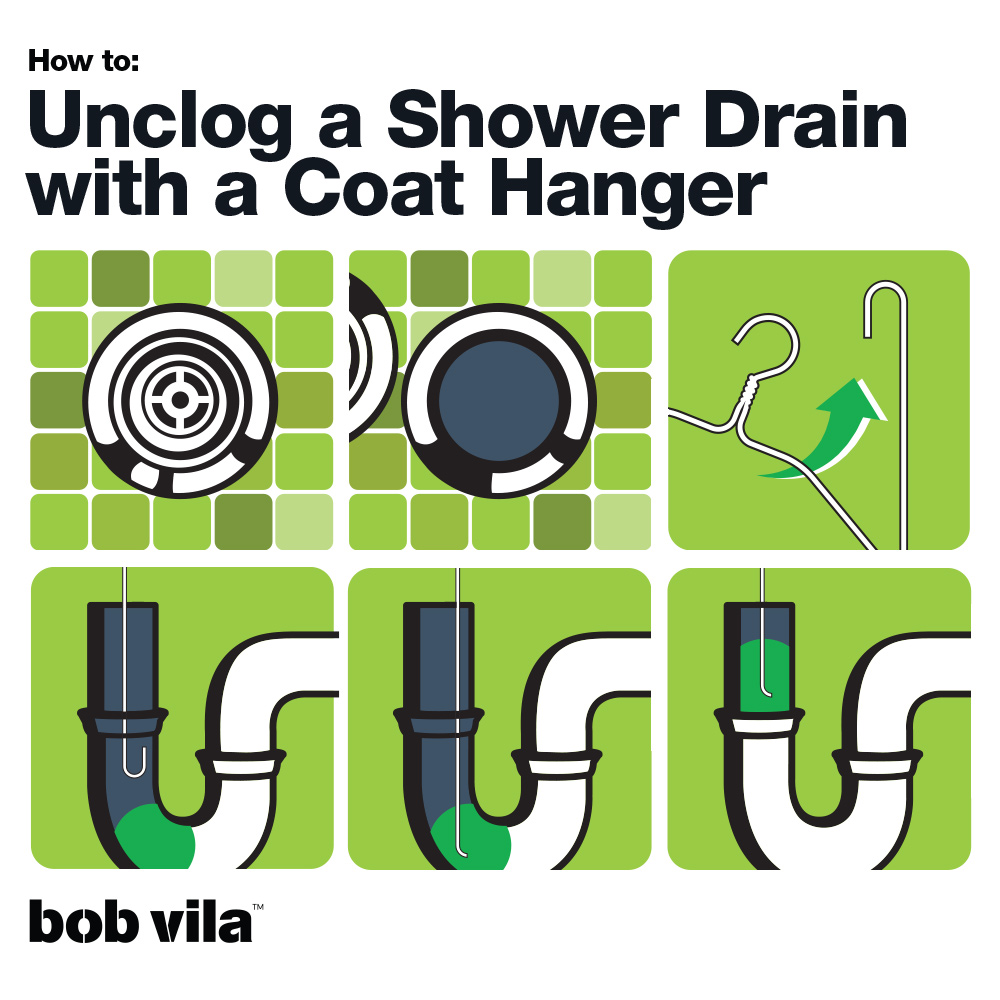
While using a drain snake is the ideal method for physically removing clogs from a drain, not all homeowners have this specialty tool. A coat hanger is another solution to how to clear a shower drain. A hanger is a terrific, chemical-free way to remove tough hair or grease clogs that a drain cleaner can’t tackle.
For a really nasty clog, you’ll need to roll up your sleeves and snake the drain. Snaking is easier than you think, though every bit as disgusting as you expect it’ll be. You’ll want to put on rubber gloves before you get started.
STEP 1: Use a screwdriver to unscrew or pry off the shower drain cover.
Determine the screw head type and use the appropriate size screwdriver; doing so will help you avoid scratching the area around the screw. Some drains have push-pull, lift-and-turn, or toe-touch covers. If you still have manufacturer’s instructions for the tub drain, follow them. Otherwise, twist the top counterclockwise (you may need pliers to do so). If you find a screw underneath, remove it. Again, use caution to avoid scratching any of the tub’s or drain’s surfaces.
STEP 2: Straighten out a wire coat hanger, maintaining a tiny hook on the end.
Once the drain cover is off and out of the way, straighten a wire coat hanger. Maintain a tiny hook at the end, which will be used to fish hair and other debris from the drain.
STEP 3: Feed the wire.
Push the coat hanger wire down the drain until it you encounter some resistance. Fish out out hair, accumulated soap scum, or other debris that’s causing the clog.
STEP 4: Flush the drain with boiling water.
After you’ve pulled out all the debris you can, flush the drain with a kettle or pot full of boiling water. Replace the drain cover.
Preventing Shower Drain Clogs
The best way to deal with a clogged drain is to prevent the problem from happening in the first place. There are a few easy measures you can take to keep a shower drain clear:
- Install a hair catcher. Prevent hair from getting into the drain by installing a hair catcher on top of the drain.
- Flush the drain periodically. To prevent buildup, it’s a good idea to treat the drain every couple of months with a homemade drain cleaner consisting of equal parts vinegar and baking soda. Pour the baking soda down the drain, add the vinegar, wait 10 minutes, then flush with hot water.
- Flush all drains simultaneously. One of the best ways to keep drains clear is by periodically flushing all drains at once. To do this, fill all tubs and sinks with warm water. Next, open all the drains and flush all toilets simultaneously (depending on how many drains and toilets you have, you may need to get the whole family involved for this all-at-once action). This will send a huge cascade of water through your drain pipes, helping to flush out any buildup.
Final Thoughts
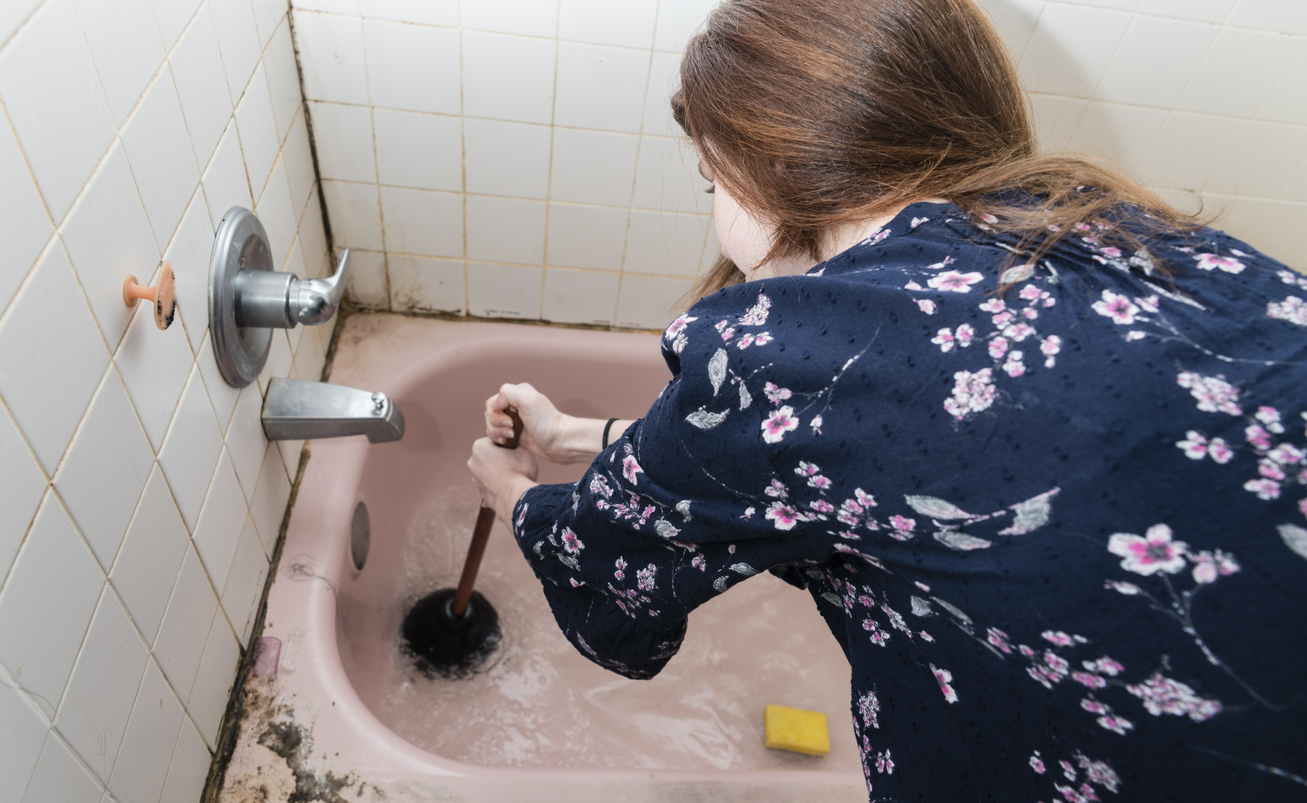
Unclogging a shower drain doesn’t have to involve hiring a professional plumber. By following one of the tried-and-true methods above for how to clean a shower drain, you can get your bath up and running on your own. Often, the only tools and supplies needed are a dose of drain cleaner or a metal hanger. However, if an object has become lodged in the drain or your efforts fail, you may need to call in the pros.
FAQs
Below, learn how to fix a clogged shower drain using a plunger or shower drain snake, and determine when it’s time to throw in the towel and call for a plumber’s assistance.
Q: Can you plunge a shower drain?
You can use a plunger to clear a shower drain. Simply remove the drain cover and place the plunger’s rubber cup over the drain opening. You’ll need to get a tight seal to produce enough suction to move the clog.
Q: How do you use a shower drain snake?
To use a shower drain snake, begin by removing the drain cover and inserting the snaking tip into the drain. Begin running the snake into the drain by turning the snake’s handle clockwise. When you encounter resistance—that’s the clog—continue running the snake into the drain. Remove the clog by turning the handle.
Q: When should you call a plumber with a clogged shower drain?
You should call a plumber to fix a clogged shower drain if you have tried using a chemical drain cleaner and metal coat hanger, and snaking the drain yourself, and none of these methods will clear the clog.

